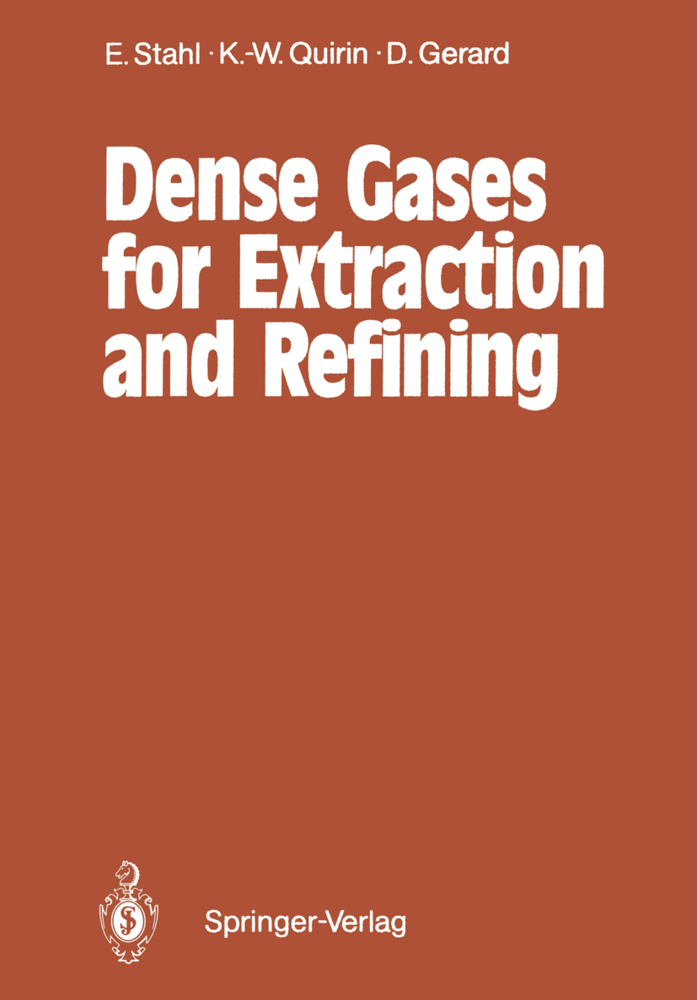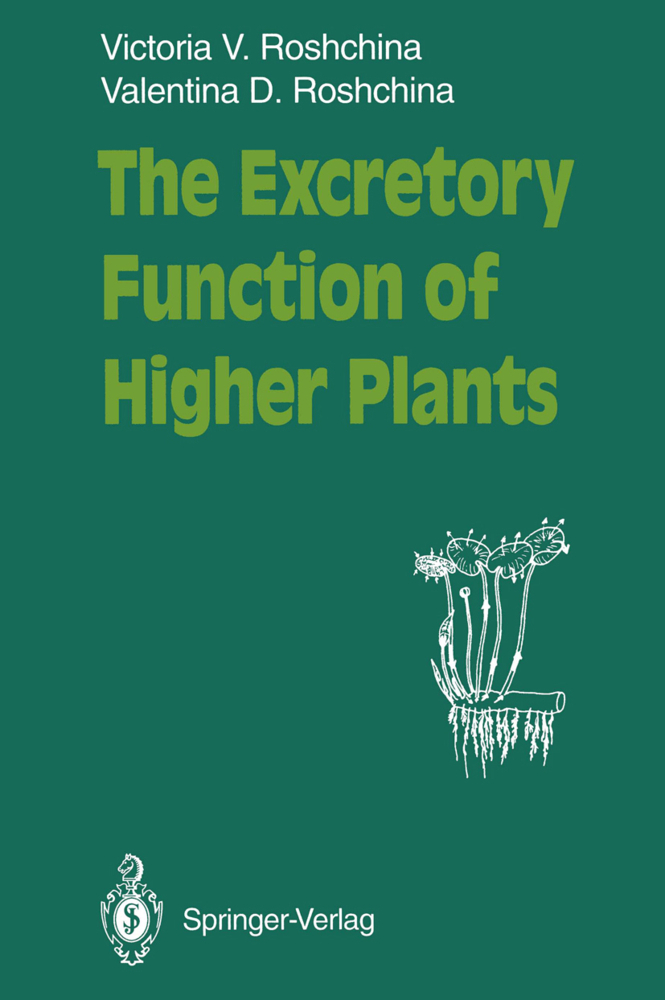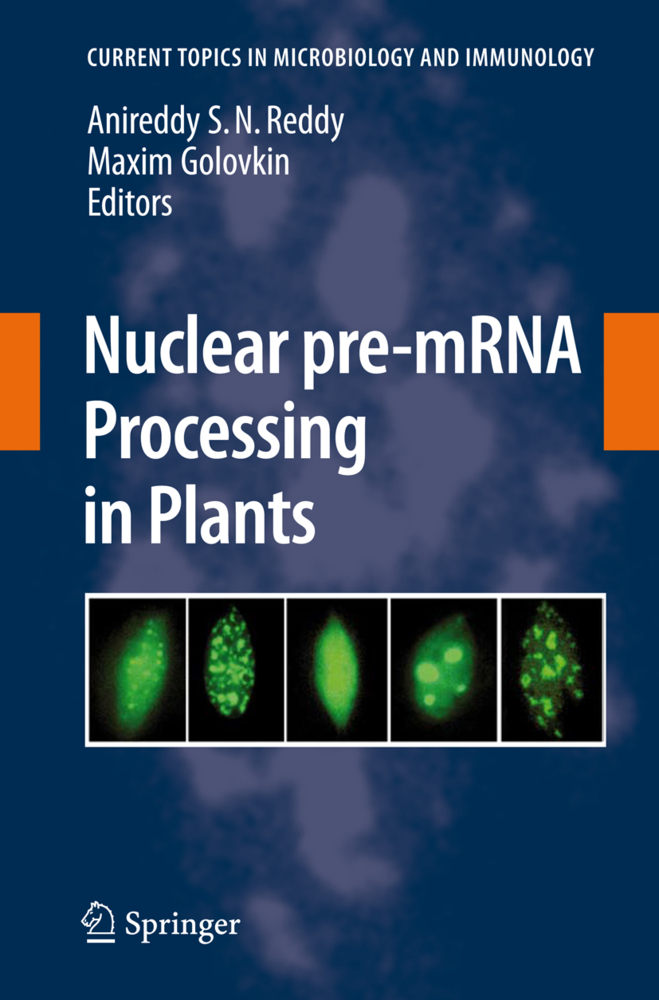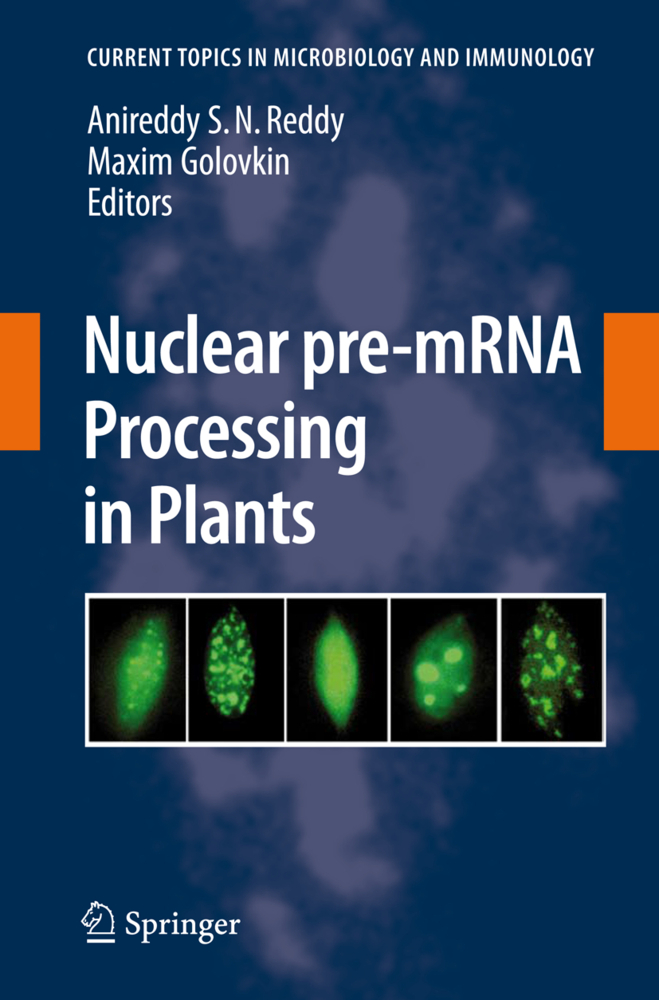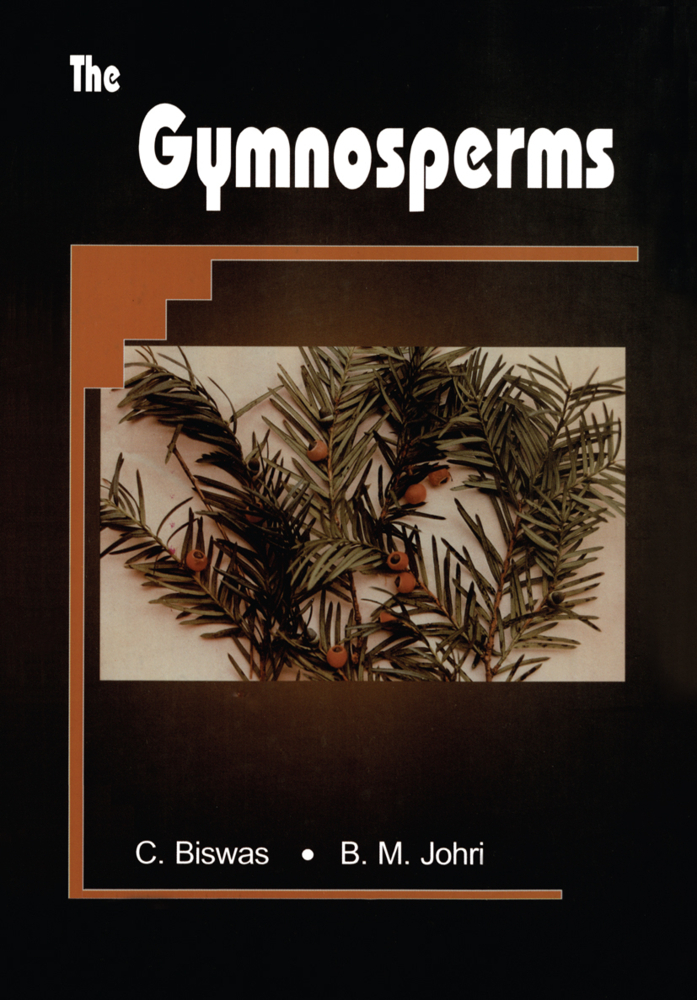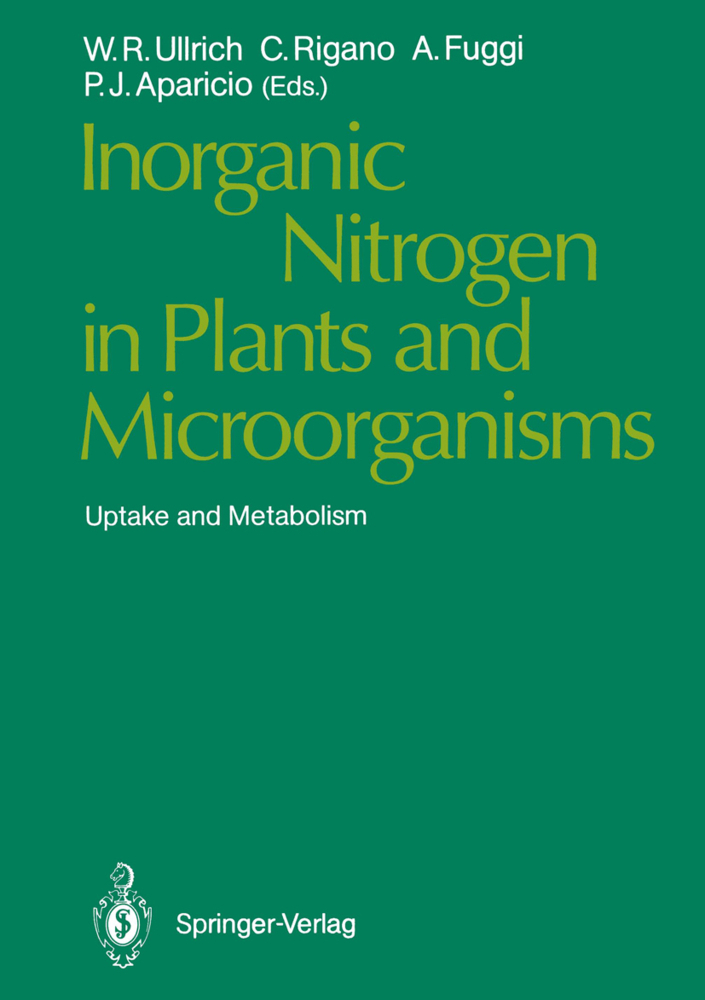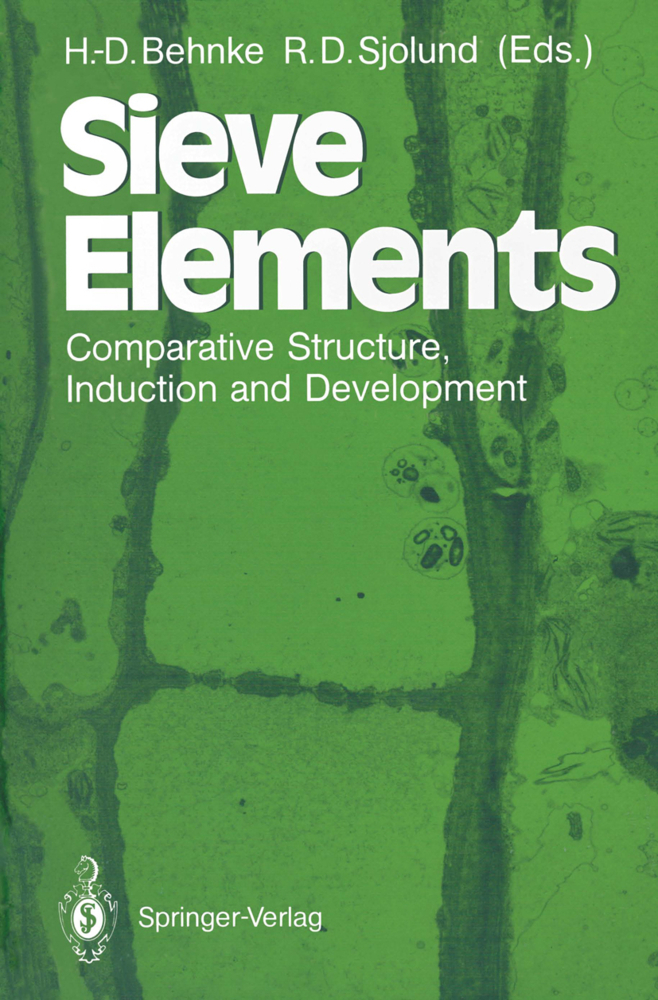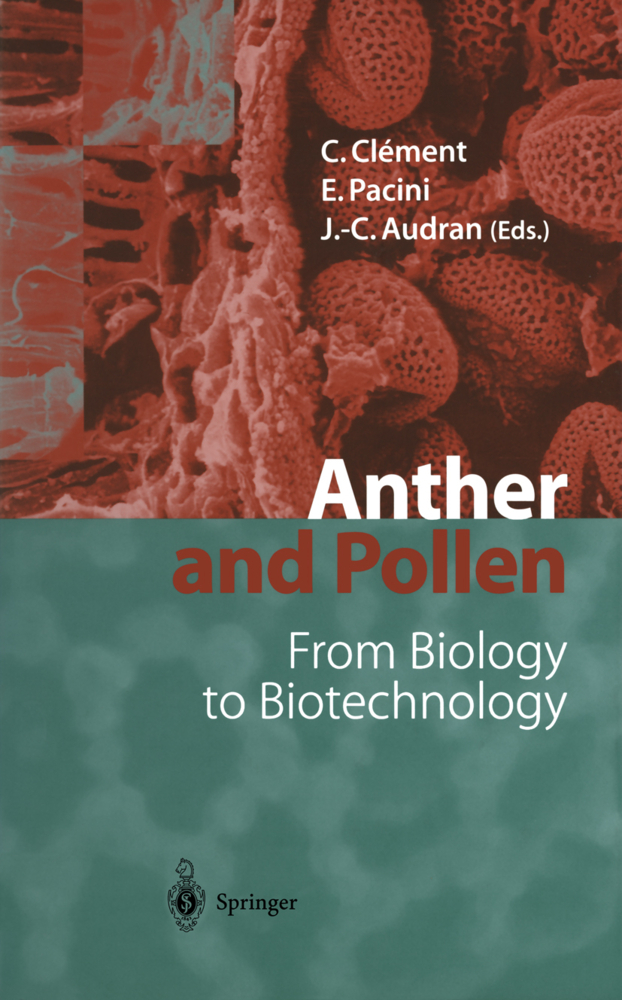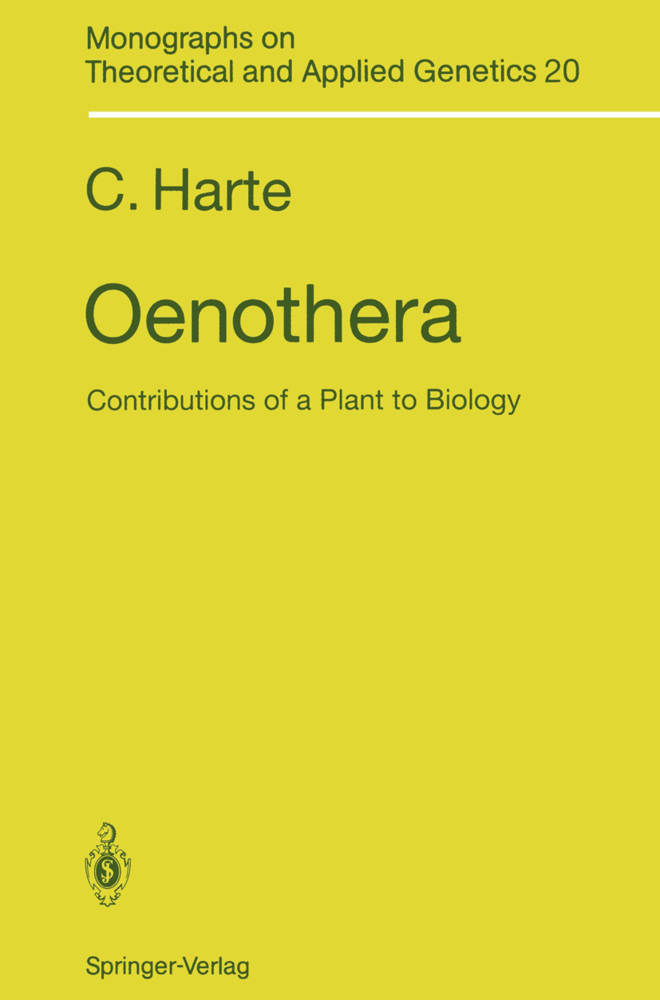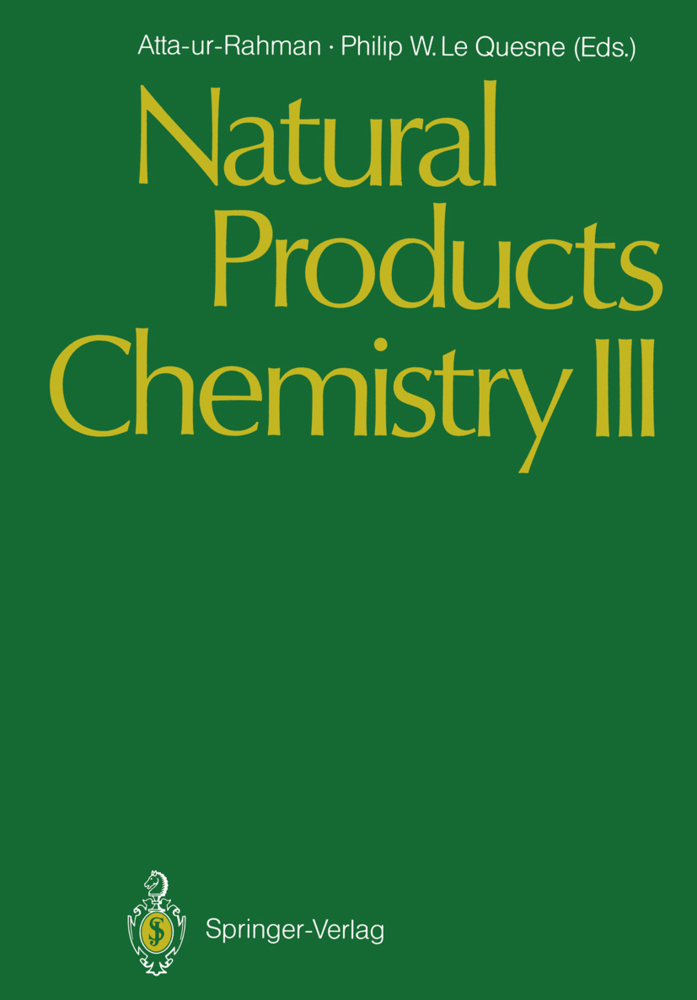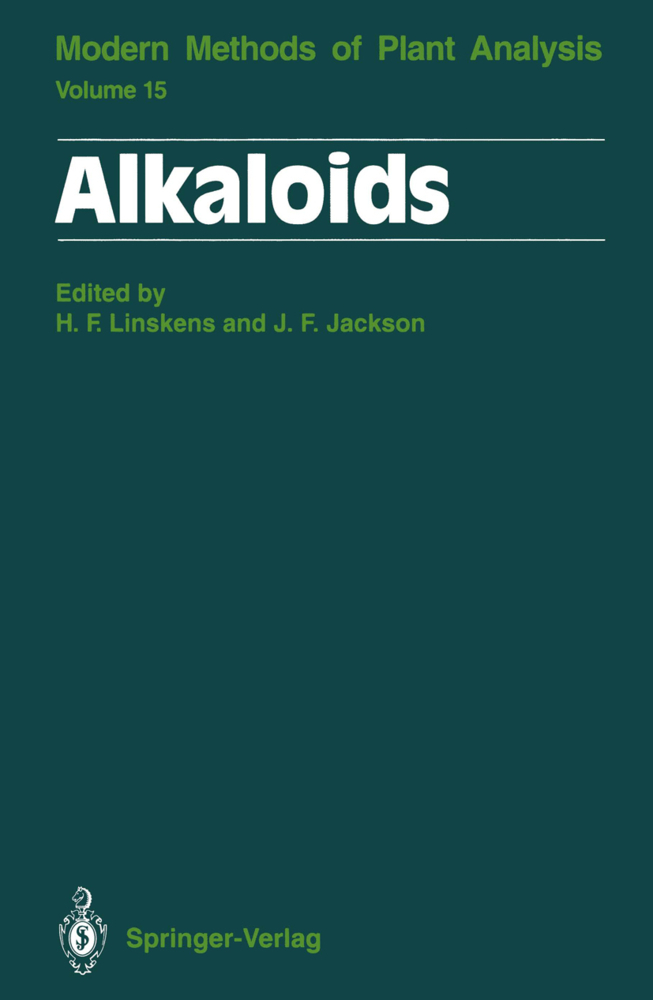Dense Gases for Extraction and Refining
Dense Gases for Extraction and Refining
Procedures for extracting or refining sensitive substances using dense gases have been developed for numerous purposes. Dense carbon dioxide is already being used industrially for decaffeination of coffee and extraction of hops. Further possible applications have been tested on the laboratory or pilot plant scales and shown to be mostly economical. Uses as varied as the non-aggressive extraction of spice, extraction of polymers, refining of spent oil, pyrolysis/extraction of wood and liquefaction of coal show the extremely wide range of application. The book comprehensively reviews the present state of development and features examples of application of this new technique.
I.2 Conventional Methods of Extraction
II. Basic Principles of Extraction with Dense Gases
II.1 Historical Review
II.2 Definition of Terms
II.3 Special Features of Dense Gases
II.4 Thermodynamic Fundamentals
II.4.a Description of the Solvent Circulation
II.4.b Considerations of Phase Equilibria
II.4.c Calculations of Phase Equilibria
III. Methods, Apparatus and Plants
III.1 Procedures for Determining Phase Equilibria
III.1.a The Synthetic Method
III.1.b The Analytical Method
III.1.c The Dynamic Method
III.2 Extraction of Solids
III.2.a Microextraction
III.2.b High Pressure Soxhlet Extraction
III.2.c Preparative Extraction
III.3 Extraction Using Entrainers
III.4 Continuous Extraction of Liquids
III.4.a Fundamentals
III.4.b Stepwise Separation
III.4.c Counter-current Extraction
III.4.d High Pressure Jet Extraction
IV. Applications of Dense Gases to Extraction and Refining
IV.1 General Survey
IV.2 Fatty Oils and Waxes
IV.2.a Solubility Behaviour
IV.2.b Extraction of Oil Seeds
IV.2.c Extraction of Waxes
IV.2.d Influence on the Seed Proteins
IV.2.e Fractionation of Fatty Oils and Waxes
IV.2.f Removal of Oil from Crude Lecithin
IV.3 Essential Oils and Flavours
IV.3.a Solubility Behaviour
IV.3.b Deterpenation
IV.3.c Extraction of Pharmaceutically Active Components
IV.3.d Extraction of Spices
IV.3.e Extraction of Fragrances
IV.3.f Prior Separation of Vegetable Waxes
IV.4 Further Isoprenoids
IV.4.a Extraction of Hops
IV.4.b Steroids
IV.4.c Carotinoids
IV.5 Alkaloids
IV.5.a Extraction of Alkaloids Used in Medicine
IV.5.b Decaffeination of Coffee and Tea
IV.5.c Extraction of Nicotine from Tobacco
IV.6Oils of Law Volatility and Polymers
IV.7 Extraction of Petroleum Products
IV.7.a Deasphaltation of Heavy Oils
IV.7.b Particle Separation from Viscous Oils
IV.7.c Extraction of Oil-Containing Minerals and Residues
IV.7.d Analytical Investigations
IV.8 Extraction of Wood, Peat and Lignite
IV.9 Extraction of Coal
IV.10 Miscellaneous
IV.10.a Extraction of Aqueous Solutions
IV.10.b Adsorbents
IV.10.c Decontamination of Drugs
V. Non-Extractive Applications
V.1 Pest Control
V.2 Sterilisation
V.3 Inflation, Disruption and Comminution
V.4 High Pressure Micronising
V.5 Fluid Chromatography.
I. General Picture of Separation Procedures
I.1 Principles of Substance SeparationI.2 Conventional Methods of Extraction
II. Basic Principles of Extraction with Dense Gases
II.1 Historical Review
II.2 Definition of Terms
II.3 Special Features of Dense Gases
II.4 Thermodynamic Fundamentals
II.4.a Description of the Solvent Circulation
II.4.b Considerations of Phase Equilibria
II.4.c Calculations of Phase Equilibria
III. Methods, Apparatus and Plants
III.1 Procedures for Determining Phase Equilibria
III.1.a The Synthetic Method
III.1.b The Analytical Method
III.1.c The Dynamic Method
III.2 Extraction of Solids
III.2.a Microextraction
III.2.b High Pressure Soxhlet Extraction
III.2.c Preparative Extraction
III.3 Extraction Using Entrainers
III.4 Continuous Extraction of Liquids
III.4.a Fundamentals
III.4.b Stepwise Separation
III.4.c Counter-current Extraction
III.4.d High Pressure Jet Extraction
IV. Applications of Dense Gases to Extraction and Refining
IV.1 General Survey
IV.2 Fatty Oils and Waxes
IV.2.a Solubility Behaviour
IV.2.b Extraction of Oil Seeds
IV.2.c Extraction of Waxes
IV.2.d Influence on the Seed Proteins
IV.2.e Fractionation of Fatty Oils and Waxes
IV.2.f Removal of Oil from Crude Lecithin
IV.3 Essential Oils and Flavours
IV.3.a Solubility Behaviour
IV.3.b Deterpenation
IV.3.c Extraction of Pharmaceutically Active Components
IV.3.d Extraction of Spices
IV.3.e Extraction of Fragrances
IV.3.f Prior Separation of Vegetable Waxes
IV.4 Further Isoprenoids
IV.4.a Extraction of Hops
IV.4.b Steroids
IV.4.c Carotinoids
IV.5 Alkaloids
IV.5.a Extraction of Alkaloids Used in Medicine
IV.5.b Decaffeination of Coffee and Tea
IV.5.c Extraction of Nicotine from Tobacco
IV.6Oils of Law Volatility and Polymers
IV.7 Extraction of Petroleum Products
IV.7.a Deasphaltation of Heavy Oils
IV.7.b Particle Separation from Viscous Oils
IV.7.c Extraction of Oil-Containing Minerals and Residues
IV.7.d Analytical Investigations
IV.8 Extraction of Wood, Peat and Lignite
IV.9 Extraction of Coal
IV.10 Miscellaneous
IV.10.a Extraction of Aqueous Solutions
IV.10.b Adsorbents
IV.10.c Decontamination of Drugs
V. Non-Extractive Applications
V.1 Pest Control
V.2 Sterilisation
V.3 Inflation, Disruption and Comminution
V.4 High Pressure Micronising
V.5 Fluid Chromatography.
Stahl, Egon
Quirin, Karl-Werner
Gerard, Dieter
Ashworth, Michael R.F.
| ISBN | 9783642728945 |
|---|---|
| Artikelnummer | 9783642728945 |
| Medientyp | Buch |
| Auflage | Softcover reprint of the original 1st ed. 1988 |
| Copyrightjahr | 2012 |
| Verlag | Springer, Berlin |
| Umfang | 237 Seiten |
| Abbildungen | XII, 237 p. |
| Sprache | Englisch |

